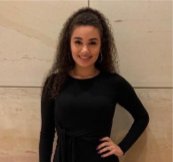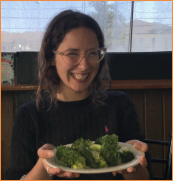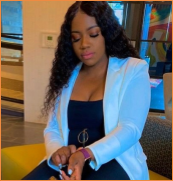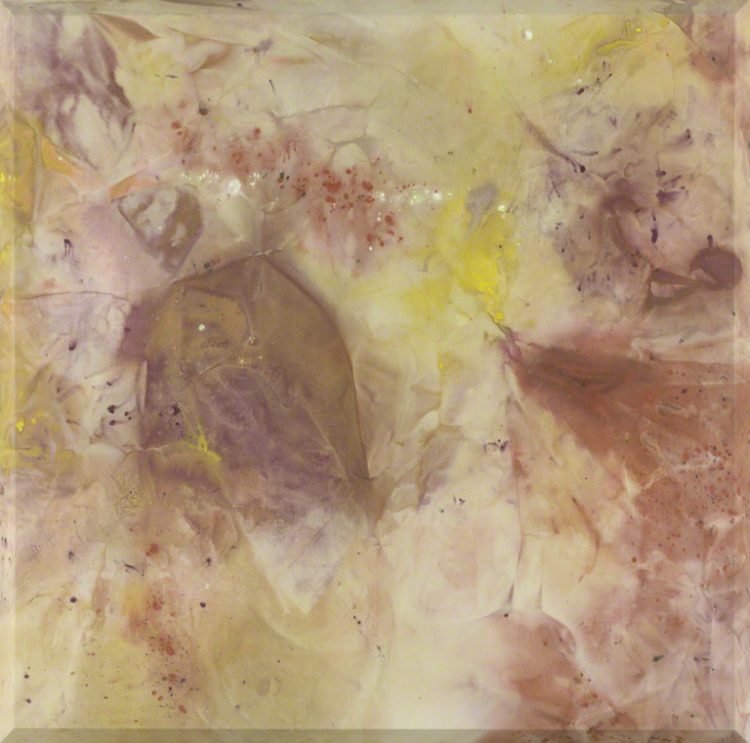Our summer interns introduce themselves and share what they have been working on over the past few weeks. Fall internship applications are now open through Friday, August 21!

Sarah Hoffman, Kenyon College
“I just graduated from Kenyon College in May. Because of the pandemic, I am working remotely from my home in Lexington, Kentucky. On the one hand, the shift to remote was disappointing because it meant that I wouldn’t get to spend my time in the physical museum space and connect with my colleagues in person. On the other hand, I think that our internship coordinator, Levon Williams, and others involved in running the program have done a fantastic job adapting the program to our current circumstances. Everyone at the Phillips is very supportive and generous with their time, so even though I’m multiple states away from most of the people at the Phillips, I still feel very involved. My project as the Marketing and Communications Intern is rewriting the history section of the website, so I’ve been doing lots of research on the collection, the Phillips family, and how the museum has changed over time. I’m also compiling a historical timeline of significant exhibitions, events, and developments to go along with the history. I also pitch events to publications, work on press kits, create social content, help with the website redesign process, and do other related tasks. I think this internship strikes a good balance between developing skills related to your particular department, the art museum field, and professional skills in general.”

Xiran Lu, Indiana University
“I’m from China and a current graduate student at Indiana University in Arts Administration program. My favorite artist is American land artist Robert Smithson. His famous artwork is Spiral Jetty, which is a landscape artwork done on a salt lake in Utah in 1970. For a long time after its completion, this work disappeared due to the rising water level. But in recent years, as the water level dropped again, Spiral Jetty has reappeared. And its appearance also has some changes. It makes me feel like although landscape art is something we can never collect; they always can remind us to think through whether art must really be immortal. I was learning graphic design and design history when I was in China. After I graduated, I gradually found out that I prefer dynamic research with actual working and practice. The internship at The Phillips Collection can fully utilize my knowledge and experience, and at the same time allow me to keep going on my own research. This summer, I am working as the Visitor Experience intern on the redevelopment of our volunteer program, which includes virtual meetings with volunteers, potential virtual roles for volunteers, volunteer surveys, and data collection. At the same time, the project for the DEAI department that I am working on is a research report regarding the talented and influential women in The Phillips Collection. ”

Jamie Carkenord, College of William & Mary
“I am a junior at the College of William & Mary studying American History. Originally, I am from Farmville, Virginia. When I have visited DC earlier in my life, I was always excited to explore the National Gallery of Art. My internship at The Phillips Collection is giving me the chance to focus on its complex curatorial strategy and the unique strengths of a smaller museum. This summer, I am working within the Public Programming department and Art & Wellness. Because all of the events at the Phillips must be carried out virtually due to social distancing guidelines, I am assisting the Phillips staff in hosting Zoom events for adults, families, and artists. Over the coming weeks, I will be working to develop a family program featuring women artists in the collection. After my internship, I will continue my studies at William & Mary and seek out opportunities to further my interests in art, public history, and education”
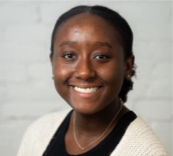
Kelly Palmer, Coppin State University
“My name is Kelly Palmer and I am from Washington, DC. I recently graduated from Coppin State University majoring in Urban Arts and minoring in Nonprofit Leadership and Youth Development. My favorite museum is the Botanical Gardens in DC. I love everything about plants, nature, and gardening so I find great joy in an entire building devoted to exotic plants and their history. I plan to learn more about the plants native to DC in the near future. I decided to intern at The Phillips Collection this summer because I wanted more experience working in positions related to arts administration and management. This summer, I have been working with the DEAI department. I have been tasked with continuing The Phillips Collection Intern & Fellow Catalogue, and showcasing the cohort of interns from Summer 2020. Since I have recently graduated from Coppin State University, I am excited to begin working hands on with those in need. There is a need in almost every space, and I am aiming to serve my community in any way necessary.”

